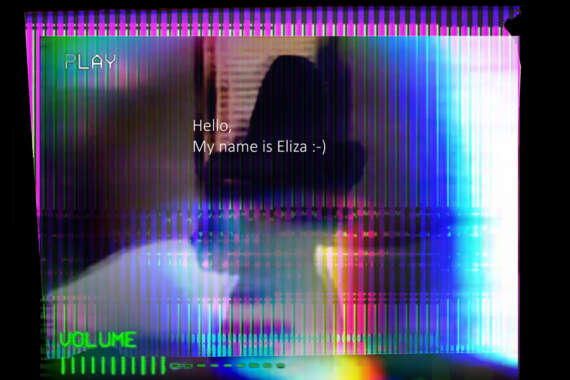Dissolving The Edge: Fragmenting The Architectural 'Norm'

"Norm is a room or dwelling, as giving residence to bodies." —Sara Ahmed.
Dissolving The Edge: Fragmenting The Architectural' Norm' explores the idea of the 'norm' in terms of being gendered and neurotypical and then seeks to unravel what the spatial conditions of the 'other' may be and apply some of these to architectural thinking. The architectural vehicle and site for this investigation is the current Metro Centre and proposed Sky World renovations by Warren and Mahoney in Aotea Square, Tāmaki Makaurau.















